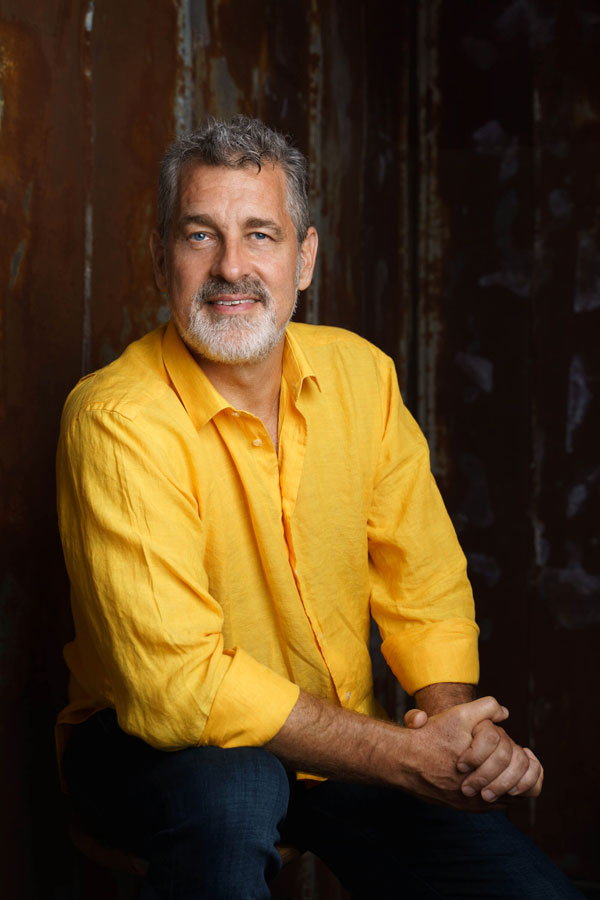When Jensen Huang Said He Waits for Things to Come to Him
In a recent interview, Jensen Huang was asked how he manages the complexity and velocity of Nvidia’s growth.
His answer surprised me:
“Most of the time, I wait for things to come to me. I’m rarely chasing things.”
That line made me reflect.
I’ve wrestled with that same polarity my entire life — the drive to create versus the wisdom to wait. One side wants to push. The other wants to let things unfold. Managing that internal tension isn’t easy.
But here’s one of the most driven entrepreneurs of our time saying the secret to his success is patience.
Let’s unpack that.
The Paradox of Jensen Huang
If you’ve read The Thinking Machine: Jensen Huang, Nvidia, and the World’s Most Coveted Microchip (highly recommended), three truths about him jump out:
-
He’s a technical polymath. He understands the full CPU-GPU stack — down to the level of etching chips himself.
-
He’s notoriously impatient. At Nvidia, mistakes in quality, pace, or thinking get met with legendary “verbal wood-shed” sessions.
-
He’s a classic Producer-Innovator with a strong Stabilizer wing. By temperament, that type is hard-charging, detail-oriented, and visionary — forever impatient for the world to catch up.
So how does someone that driven talk about waiting?
The Real Meaning of “Patience”
Huang’s patience isn’t passive. It’s strategic.
From the beginning, Nvidia was a long-range thesis: Moore’s Law would eventually hit physical limits, forcing a new computing paradigm — parallel processing.
That’s the kind of conviction you can’t chase day-to-day. You hold the vision and wait for the world to prove you right.
He also understands lifecycle strategy. Nvidia didn’t start in AI or data centers. It started in video games — a small, energetic niche that gave them traction and feedback. Then, instead of chasing hot markets, Huang quietly explored what he called “zero-billion-dollar markets” — nascent fields where parallel compute might someday matter.
He co-designed chips and software (CUDA) with these early customers, knowing that if those markets took off, Nvidia would be indispensable.
That’s patience: the long view combined with relentless execution.
The Lesson
True patience isn’t idle. It’s directed energy held in tension with time.
You can’t rush the world into your vision. You can only keep showing up, refining, and listening — until the market alignment snaps into place.
That’s what Jensen meant by “waiting.” It’s not sitting still. It’s holding the line until the world catches up.
And when it finally does, everyone comes running for your solution — and it’s nearly impossible for competitors to catch up.
That kind of patience really is a virtue.
– Lex, your CEO Coach
📌 P.S. Every long-term bet lives or dies by timing. Test your strategy against the current lifecycle stage of your business, products, and customers: https://organizationalphysics.com/top-level-okrs/ (Free 30-day Trial. Credit card required).




